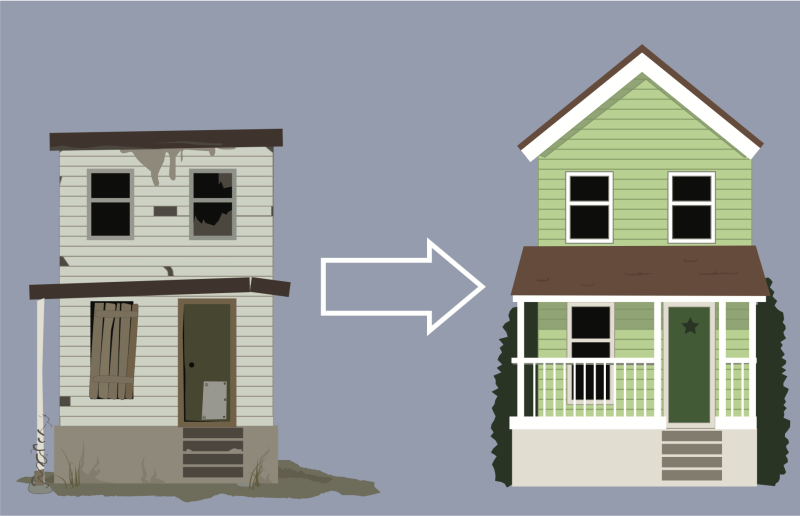
MBA Reports Mortgage Forbearance Rates Continue to Fall

MBA's latest survey reveals a steady decline in forbearance, with significant drops across loan types as homeowners recover from pandemic-induced financial distress.
The Mortgage Bankers Association's latest Loan Monitoring Survey found a continued decline in forbearance rates. As of December 31, 2023, the total number of loans in forbearance decreased to 0.23%, down from 0.26% in the previous month.
This decline represents an estimated 115,000 homeowners currently in forbearance plans, a significant drop from the peak of 8.1 million since the start of the pandemic in March 2020.
The report found a decrease in forbearance across various loan types. Fannie Mae and Freddie Mac loans saw a slight decline from 0.16% to 0.15%, while Ginnie Mae loans experienced a more notable drop from 0.47% to 0.39%. Additionally, portfolio loans and private-label securities (PLS) decreased from 0.30% to 0.27%.
"Forbearance as a loss mitigation option is diminishing,” MBA’s Vice President of Industry Analysis Marina Walsh said. “While forbearance is a powerful tool for delinquency surges resulting from natural disasters or major disruptions such as a pandemic, today’s borrowers are not experiencing widespread financial distress. The overall performance of servicing portfolios – particularly government loans – declined in December. Factors such as seasonality, a changing labor market, resumption of student loan payments, and the rise in balances on other forms of consumer debt are likely at play."
The MBA anticipates a gradual increase in the unemployment rate to 4.5% by the end of 2024, up from 3.7% at the end of 2023. This prediction is based on the survey’s findings, which include detailed data on forbearance by investor type, reasons for forbearance, and stages of forbearance.
The survey also found that 61.2% of borrowers in forbearance are facing temporary hardships such as job loss, death, divorce, or disability. COVID-19 related reasons account for 26.8%, and natural disasters for 12%. Of the cumulative forbearance exits since July 2020, 29.4% resulted in loan deferral/partial claim, and 17.7% were borrowers who continued making payments during forbearance.
The survey indicated a slight decrease in the percentage of loans that were current, dropping to 95.44% in December 2023 from 95.71% in November 2023.
The five states with the highest share of loans that were current as a percent of servicing portfolio: Washington, Colorado, Idaho, Oregon, and Montana. And the five states with the lowest share of loans that were current as a percent of servicing portfolio: Louisiana, Mississippi, Indiana, New York, and Illinois.




